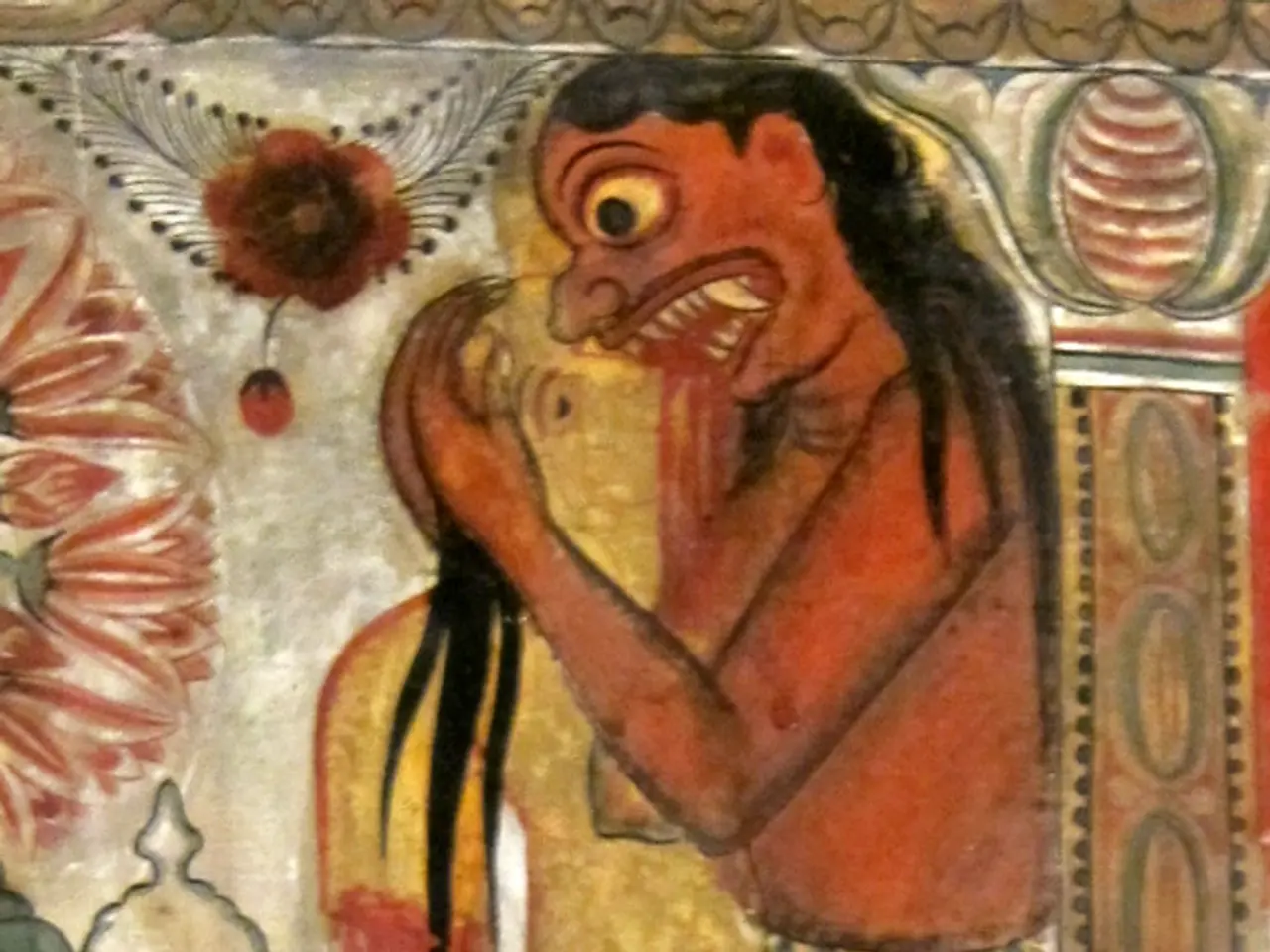Decoding Dream Scenes and Distinguishing Fiction from Reality in Films
In the realm of filmmaking, dreams and reality are not always distinct entities. Filmmakers skillfully weave together symbolism, visual metaphors, and various cinematic techniques to portray these states, often blurring the boundary between the two.
Lighting changes can be a telling sign of this transition. Dream sequences often bathe in surreal hues or soft focus, indicating a move from the ethereal to the tangible. Vibrant colors might denote passion or chaos, while muted tones suggest melancholy or introspection.
Characters might exhibit unusual behaviour or encounter symbolic objects that don't fit the film's established world during dream sequences. For instance, a character might find themselves standing before the iconic Hollywood Sign, a dual symbol of hope and ominous reality, representing contrasting themes such as aspiration versus darkness.
Soundtracks also play a crucial role in these transitions. Dream sequences may feature ethereal or distorted music that contrasts with the more grounded scores of reality. This auditory shift helps create a cinematic experience that echoes dream states.
Directors use distinct changes in colour palettes or lighting to indicate a shift between reality and fantasy. Editing techniques, like rapid cuts or dissolves, might suggest a dreamlike state, whereas linear editing often signifies reality.
The narrative structure often disrupts linear storytelling, with dream sequences featuring abrupt transitions or disjointed timelines. This nonlinear approach mimics the logic and feeling of dreams, creating a captivating cinematic experience.
Symbolism is another powerful tool in the filmmaker's arsenal. Directors frequently embed symbols to convey deeper meanings, such as recurring objects or motifs. Recurring motifs in dream sequences can hold significant meaning related to the narrative or character development.
Distorted reality within dream sequences often highlights internal conflicts or fears. By recognising these elements, viewers can discern the filmmaker's intent and the thematic implications of blending dreams with reality.
In essence, through symbolic imagery, visual metaphors, and sensory techniques that evoke dream logic, filmmakers craft narratives that engage viewers on both literal and subconscious levels. Attentive observation of cinematic style and thematic contrasts helps viewers recognise and interpret these portrayals of dreams and reality.
Viewers can uncover the layers of meaning that directors weave into their films by analysing visual and auditory cues, narrative structure, and character behaviour. By doing so, they can delve deeper into the film's themes and gain a richer understanding of the narrative.
- The director's use of color palettes, lighting, and editing techniques serves to differentiate between reality and fantasy in movies.
- Soundtracks can be instrumental in signaling transitions between reality and dream states within a film.
- In dream sequences, characters may behave unusually or encounter symbolic objects that are not normally present in the film's world.
- The Hollywood Sign might symbolize hope and ominous reality in a film, representing contrasting themes such as aspiration and darkness.
- Directors often employ distinct changes in lighting and color palettes to indicate shifts between the dream world and reality.
- Rapid cuts or dissolves in editing can suggest a dreamlike state, while linear editing typically signifies reality.
- Symbolism, such as recurring objects or motifs, is a common tool for filmmakers to convey deeper meaning and themes within their movies.




